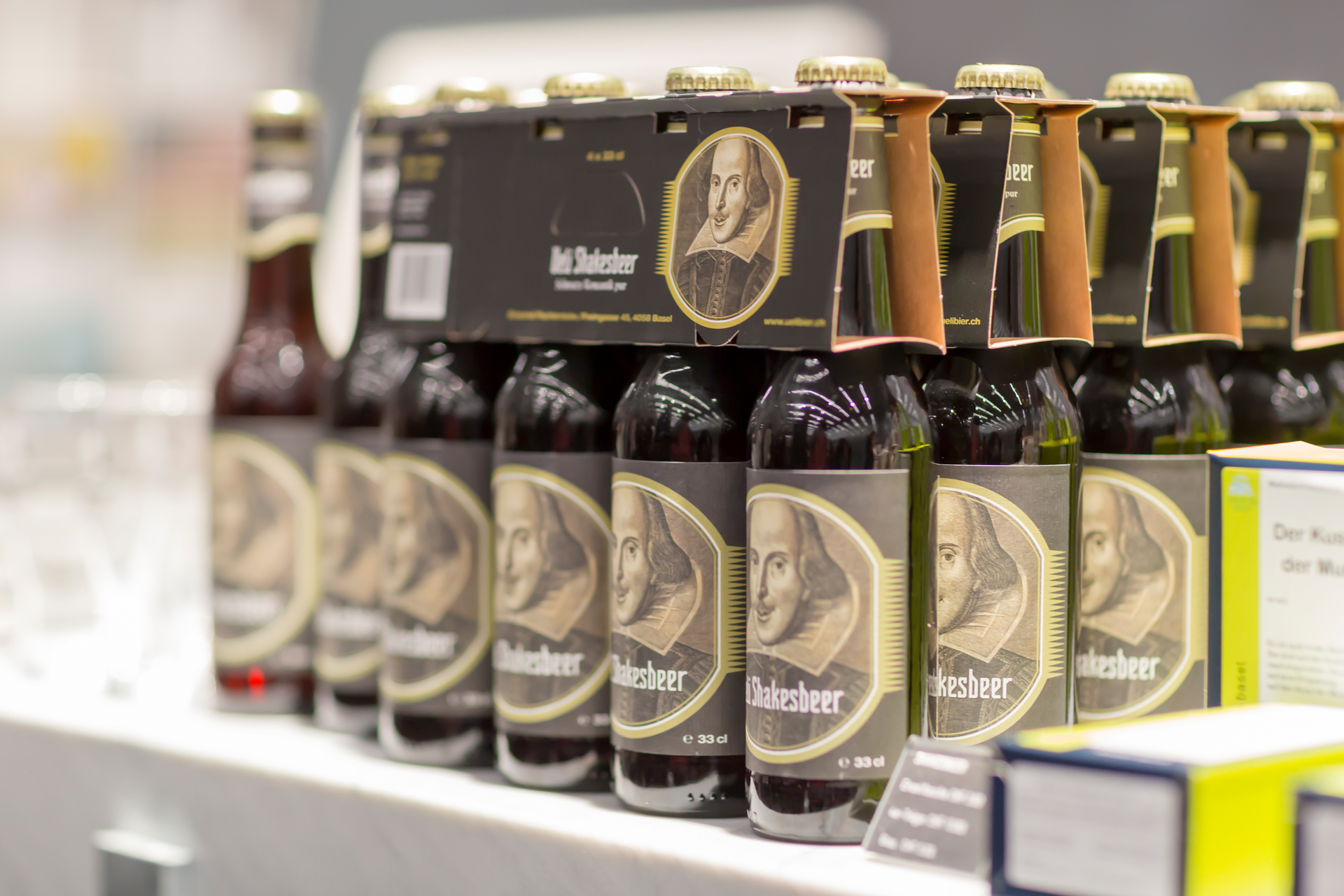Fuseli
Drama and theatre
Thirteen years after the last major presentation of his work in Switzerland, at the Kunsthaus Zürich, the Kunstmuseum Basel mounts a comprehensive monographic exhibition of the work of Henry Fuseli, a native son of Zurich who rose to fame in Rome and London. One of the most inventive and unconventional innovators in late-eighteenth-century art, Fuseli stood on the threshold between classicism and nascent Romanticism. His oeuvre bears eloquent witness to the competing artistic paradigms in the waning decades of the Age of Enlightenment.
Fuseli styled himself as a painter of Dark Romanticism and «Gothic horror», and that aspect of his oeuvre is still most familiar to audiences today. Shifting the focus, the exhibition demonstrates that drama and theater were no less vital to his artistic vision: the erudite artist’s creations almost invariably draw on literary motifs, quoting ancient mythology, John Milton’s Paradise Lost, or the recently rediscovered Nibelungen saga. After his return from Rome to London in 1779, Shakespeare’s plays become another major source of motifs in his art, as his contributions to John Boydell’s Shakespeare Gallery illustrate.
Drama and Theater—the title captures the interest in the themes from literary and stage works chosen by Fuseli that animates the exhibition, but it also describes his dynamic compositions and constellations of characters and the «theatrical» devices that often enliven his depictions.
Like Fuseli’s art itself, Drama and Theater is hardly subtle. The artist’s seven paintings in the Öffentliche Kunstsammlung Basel, the municipal art collection of Basel, are complemented by works generously provided on loan by the Kunsthaus Zürich and other international museums and private collections. Reflecting on the conjunction of literature, theater, and visual art from another angle, Thom Luz, resident director at Theater Basel, will enhance the exhibition by bringing his contemporary theatrical practice into the gallery. The installation is realized in collaboration with the video artist Jonas Alsleben.
The exhibition is supported by:
- Sulger Stiftung
- Berta Hess-Cohn Stiftung
- Isaac Dreyfus-Bernheim Stiftung
- Stiftung für das Kunstmuseum Basel




